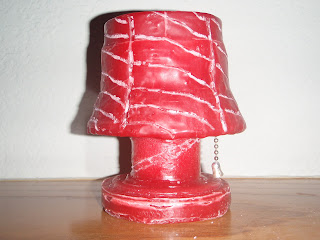Caravaggio, Michelangelo Merisi da
Caravaggio (1573-1610). Probably the most revolutionary artist of his time, the Italian painter Caravaggio abandoned the rules that had guided a century of artists before him. They had idealized the human and religious experience.
He was born Michelangelo Merisi on Sept. 28, 1573, in Caravaggio, Italy. As an adult he would become known by the name of his birthplace. Orphaned at age 11, he was apprenticed to the painter Simone Peterzano of Milan for four years. At some time between 1588 and 1592, Caravaggio went to Rome and worked as an assistant to painters of lesser skill. About 1595 he began to sell his paintings through a dealer. The dealer brought Caravaggio to the attention of Cardinal Francesco del Monte.
Through the cardinal, Caravaggio was commissioned, at age 24, to paint for the church of San Luigi dei Francesi. In its Contarelli Chapel Caravaggio's realistic naturalism first fully appeared in three scenes he created of the life of St. Matthew. The works caused public outcry, however, because of their realistic and dramatic nature.
The Calling of Saint MatthewThe Inspiration of Saint Matthew 1602; Oil on canvas, 9' 8 1/2" x 6' 2 1/2"; Contarelli Chapel, Church of San Luigi dei Francesi, Rome
Despite violent criticism, his reputation increased and Caravaggio began to be envied. He had many encounters with the law during his stay in Rome. He was imprisoned for several assaults and for killing an opponent after a disputed score in a game of court tennis. Caravaggio fled the city and kept moving between hiding places. He reached Naples, probably early in 1607, and painted there for a time, awaiting a pardon by the pope. Here there was a in his painting style. The dark and urgent nature of his paintings at this time must have reflected Caravaggio's desperate state of mind.
Early in 1608 Caravaggio went to Malta and was received as a celebrated artist. Fearful of pursuit, he continued to flee for two more years, but his paintings of this time were among the greatest of his career. After receiving a pardon from the pope, he was wrongfully arrested and imprisoned for two days. A boat that was to take him to Rome left without him, taking his belongings. Misfortune, exhaustion, and illness overtook him as he helplessly watched the boat depart. He collapsed on the beach and died a few days later on July 18, 1610.
David and Goliath undated; Oil on canvas; Prado, Madrid
Medusa after 1590; Oil on canvas mounted on wood; Uffizi
The Fortune Teller 1594-95; Canvas; Louvre
Bacchus c. 1597; Oil on canvas, 37 3/8 x 33 1/2 in; Uffizi, Florence
Judith Beheading Holofernes c. 1598; Oil on canvas, 56 3/4 x 76 3/4 in; Galleria Nazionale dell'Arte Antica, Rome
The Sacrifice of Isaac 1590-1610; Oil on canvas; Uffizi
Supper at Emmaus c. 1600-01; Oil on canvas, 54 3/4 x 76 3/4 in; National Gallery, London
The Crucifixion of Saint Peter 1600-01; Oil on canvas, 90 1/2 x 70 in; Cerasi Chapel, Santa Maria del Popola, Rome
The Incredulity of Saint Thomas 1601-02; Oil on canvas, 42 1/8 x 57 1/2 in; Neues Palais, Potsdam
The Deposition 1604; Pinacoteca Vaticana in Rome
The Death of the Virgin 1605-06; Oil on canvas; Louvre
© 19 Sep 2002,
Nicolas Pioch -
Top -
Up -
Info Thanks to the BMW Foundation, the WebMuseum
mirrors,
partners and contributors for their support.










